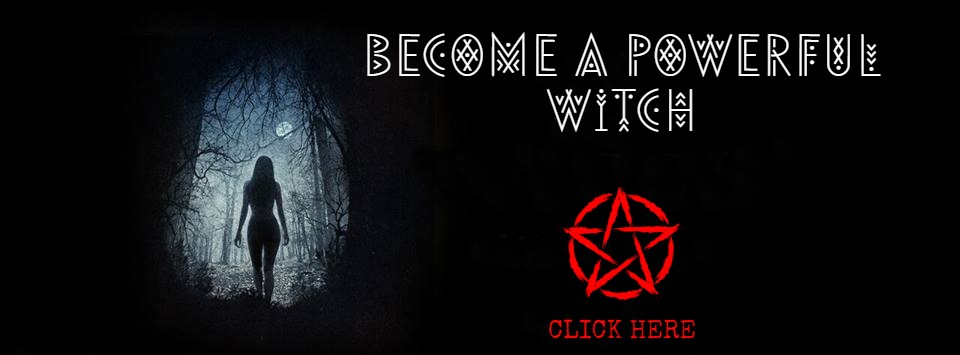Witches were widely supposed to have the power to fly through the air. In particular, they were thought to fly to their secret nocturnal gatherings, known as sabbaths. They often did so on brooms, staves, or occasionally on animals, and this became the standard image of the night flight of witches. The idea of malevolent supernatural beings or of humans empowered by supernatural beings flying through the night and bringing harm to unsuspecting innocents is ancient and widespread, appearing in some form in many human cultures throughout history. In Christian Europe, the idea was codified at least as early as the famous 10th-century canon Episcopi, and the beliefs upon which the canon was based clearly went back much further, most likely to Germanic notions of the Wild Hunt.
The canon Episcopi described groups of “wicked women, who . . . believe and profess that, in the hours of the night, they ride upon certain beasts with Diana, the goddess of the pagans, and an innumerable multitude of women, and in the silence of the night traverse great spaces of earth.” The canon went on to state, however, that this belief was entirely false and that such supposed flight was only an illusion created by Demons. Throughout the Middle Ages, such beliefs were often associated with the practice of sorcery, but authorities generally paid them little concern. Only in the 15th century, as the idea of the witches’ sabbath began to develop, did the idea of night flight become particularly important. Such flight began to be regarded as the means by which witches would travel to their secret nocturnal gatherings. This meant, however, that if authorities wanted to regard the events of a sabbath as real, night flight also had to be real, and they had to disregard the tradition of the canon Episcopi. Some authorities decided that flight must still be an illusion, and so, therefore, must the entire sabbath, but they concluded that accused witches might still be condemned just for believing that they had taken part in such an event. Most authorities, however, were able to argue for the reality of night flight. Because the ability of Demons to transport objects through the air was accepted, they argued that although such flight could sometimes be an illusion as stated in the canon Episcopi, there was no reason that, in other cases, it could not be entirely real.
There is now much evidence to support the idea that the widespread belief in night flight throughout Europe was at least partially based on the survival, in practice or simply in common folklore, of certain forms of archaic shamanism. In many different locations throughout Europe, historians and anthropologists have uncovered ideas of special people or groups of people who were believed to be able to travel at night in spirit form, most often to battle evil spirits in order to ensure fertility for the coming season. The most wellknown example of such a group would be the benandanti of northern Italy. Surviving fragments of such beliefs, misinterpreted by authorities or misremembered by the people themselves, may well have contributed to the concepts of night flight and the witches’sabbath across Europe.
SEE ALSO:
SOURCE:
Historical Dictionary of Witchcraft – Written by Michael D. Bailey

